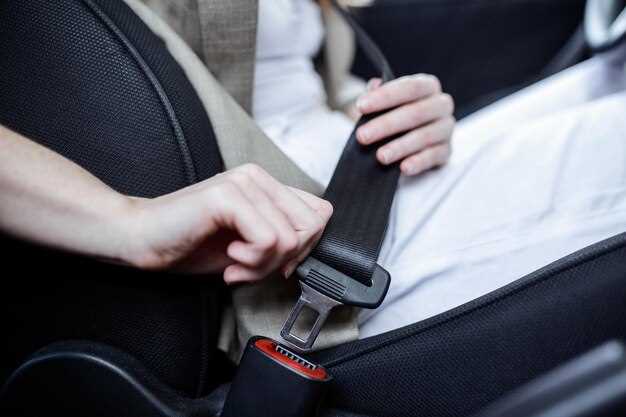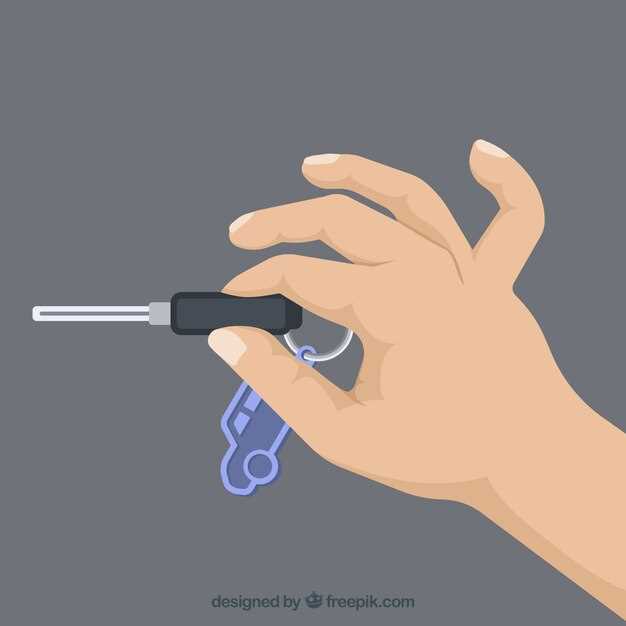
Ensuring the safety of your child while traveling in a vehicle is of utmost importance. One of the most effective ways to achieve this is by utilizing a 5-point harness. This type of harness is designed to secure a child in a car seat, distributing impact forces across five points of the body during a collision, thus providing maximum protection.
In this guide, we will walk you through the essential steps involved in correctly installing a 5-point harness. Understanding the intricacies of the installation process not only enhances safety but also guarantees that the harness functions as intended. Whether you are a first-time parent or revisiting the topic, our step-by-step instructions will ensure that you can confidently secure your child for each journey.
We will cover various aspects of the installation, such as selecting the appropriate car seat, adjusting the harness straps for a snug fit, and understanding common pitfalls to avoid. By the end of this guide, you will be equipped with the knowledge necessary to make car travel safer for your little one, fostering peace of mind for you as a caregiver.
Choosing the Right 5-Point Harness for Your Vehicle

Selecting the appropriate 5-point harness for your vehicle is crucial for ensuring safety and comfort during travel. Begin by considering the specific type of vehicle you have, as different vehicles may require different harness designs. For instance, harnesses designed for racing cars may differ significantly from those suitable for everyday use or off-road vehicles.
Next, check the compatibility of the harness with your vehicle’s existing seatbelts and mounting points. Some harnesses may require additional hardware or modifications to fit properly, and it is essential to ensure that your selected harness can be securely installed without compromising safety. Review the manufacturer’s specifications to determine the required installation components and guidelines.
The material and construction of the harness are also critical factors. Opt for a harness made from high-quality, durable materials to withstand high-stress situations. Look for features such as reinforced stitching and load-rated hardware, as these elements enhance the overall safety and reliability of the harness.
Consider the adjustability of the harness, as proper fit is vital for effectiveness. A harness that can be easily adjusted will accommodate different body types and sizes, providing optimal protection for all passengers. Look for harnesses with adjustable shoulder straps, lap belts, and a convenient buckle system for straightforward usage.
Safety certifications should not be overlooked; ensure that the harness meets recognized safety standards such as FIA, SFI, or DOT. These certifications indicate that the harness has been tested and approved for safety performance, giving you peace of mind while on the road.
Finally, read reviews and seek recommendations from other users to gauge the performance of specific harness models. Feedback from fellow vehicle enthusiasts can provide valuable insights into comfort, ease of use, and reliability, helping you make an informed decision.
Step-by-Step Installation Process for a 5-Point Harness

To ensure the safe and proper installation of a 5-point harness, follow these detailed steps carefully.
1. Gather Required Tools and Equipment: Before you begin, make sure you have the 5-point harness kit, a suitable mounting base, a wrench or socket set, and any additional hardware that may be needed for installation.
2. Read the Manufacturer’s Instructions: Always start by thoroughly reviewing the instructions provided by the harness manufacturer. Each harness may have specific requirements for installation.
3. Prepare the Vehicle Seat: Clear the area around the vehicle seat and remove any coverings or padding that may obstruct the harness installation. Ensure the seat is clean and in good condition.
4. Identify Mounting Points: Locate the designated mounting points on the vehicle seat or frame. Most 5-point harnesses will have specific locations for attaching the shoulder straps, lap belts, and anti-submarine strap.
5. Install the Lap Belts: Begin by attaching the lap belt anchors. Ensure that the belts are secured to the vehicle’s frame or seat using the appropriate hardware, and tighten them carefully to eliminate any slack. The belts should fit snugly across the lap.
6. Attach the Shoulder Straps: Next, attach the shoulder straps to their designated points. They should run from the harness to the vehicle’s mounting points, typically located at the rear of the seat. Ensure that the straps are adjusted to form a Y-shape, allowing for a proper fit without excessive slack.
7. Install the Anti-Submarine Strap: The anti-submarine strap is crucial for preventing the occupant from sliding under the lap belt during sudden stops. Secure this strap to a dedicated mounting point underneath the seat.
8. Adjust the Harness: Once all straps are secured, adjust the harness for the occupant’s size. Ensure the shoulder straps are snug but not restrictive and that the lap belts are securely fastened over the pelvis.
9. Check for Proper Fit: After adjustment, have the wearer sit in the harness and perform a fit check. The harness should fit closely to the body, without any undue pressure points. You should be able to fit a hand between the harness and the occupant’s body comfortably.
10. Conduct a Final Safety Inspection: Before using the harness, conduct a thorough inspection of all connections and adjustments. Confirm that all components are secure and functioning correctly.
11. Test the Installation: If possible, perform a test run or simulated scenario to ensure the harness performs as expected. This step is critical for ensuring safety in real-world conditions.
Common Mistakes to Avoid When Installing a 5-Point Harness
One of the most frequent mistakes made during the installation of a 5-point harness is improper positioning of the harness straps. It is essential that the straps are routed correctly through the harness slots to ensure optimal safety. Always consult the manufacturer’s guidelines for the specific seating system to avoid misalignment.
Another common error is failing to adjust the harness to fit the child properly. Harness straps must be snug and securely positioned over the shoulders and hips, with no slack. Many parents make the mistake of assuming that a loose fit is comfortable, but this can dramatically reduce the effectiveness of the harness in a crash.
Overlooking the need for regular checks on the harness system is another critical error. As children grow, the harness setup may require adjustments to maintain the correct fit. Regularly evaluate the installation and fit of the harness to ensure it remains secure and safe.
Installing the harness at incorrect angles can also be a significant oversight. The shoulder straps should be positioned at or just above the child’s shoulders. Straps routed too high or low can lead to decreased protection during an impact.
Failing to secure the harness buckle correctly is a serious mistake that can compromise safety. The buckle should click securely into place, and the mechanism should be tested to ensure it functions properly. It’s important to check that the buckle is not obstructed by clothing or other materials.
Using the wrong type of anchor points can lead to installation errors. Ensure that the harness is anchored to the designated points in the vehicle, as specified by the manufacturer’s instructions. Improper anchoring can result in ineffective restraint during an accident.
Finally, neglecting to read the user manual thoroughly can lead to a series of potential mistakes. Each harness system may have specific requirements and recommendations. Familiarizing oneself with the manual ensures compliance with safety standards and best practices for installation.
